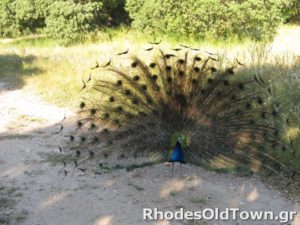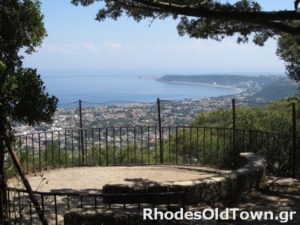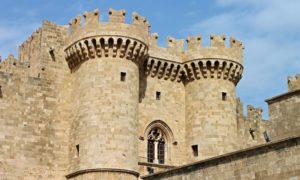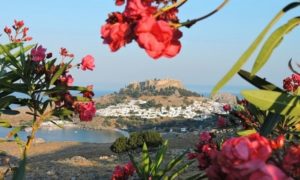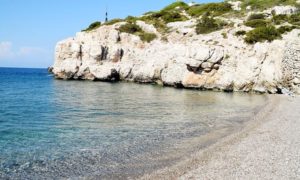The hill of Filerimos is located in the area of Ialyssos and is known for the monastery of Our Lady of Filerimos, the ancient citadel of Ialyssos, the road to Golgotha, the iconic Cross and the two chapels of Prophet Elias.
Going up the scenic route
While we are in Rhodes Airport Boulevard, in the direction towards the airport, turn left at the traffic lights of Trianta at police station and continue straight until you reach the foot of the mountain.
Climbing the mountain you can admire the dense forest of pine trees and aromatic shrubs, then arrive at the two chapels of Prophet Elias
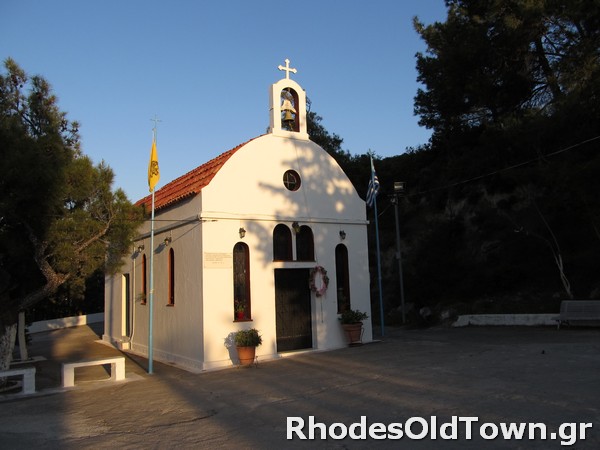
The newest one is on the road. In order to see the old one you have to follow the alley to the left of the courtyard.
The old Church of Prophet Elias and its history.
Built in the mid-1880s by the inhabitants of the village of Trianda, it was destroyed by the earthquake of 1929 but rebuilt with the help of the Rhodians of the Rhodian community of Egypt.
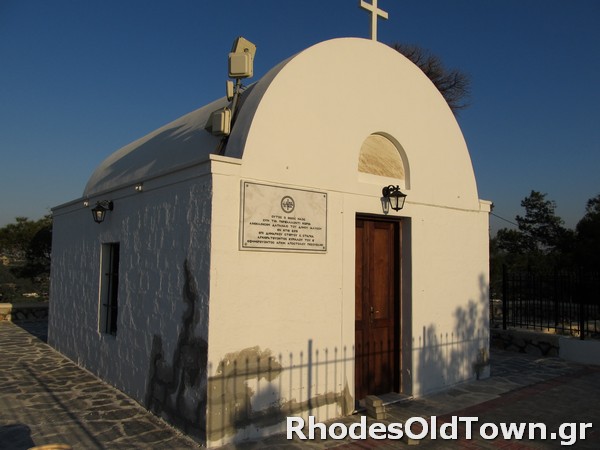
Repeated landslides in the 1960s damaged its foundations and was meteoric on one side. In 2010 it was restored and is now safe.
Continuing to the top
Continuing to the top of the mountain we can see on our right the runway of the airport, the town of Kremasti, Trianta, Ixia and the city of Rhodes.
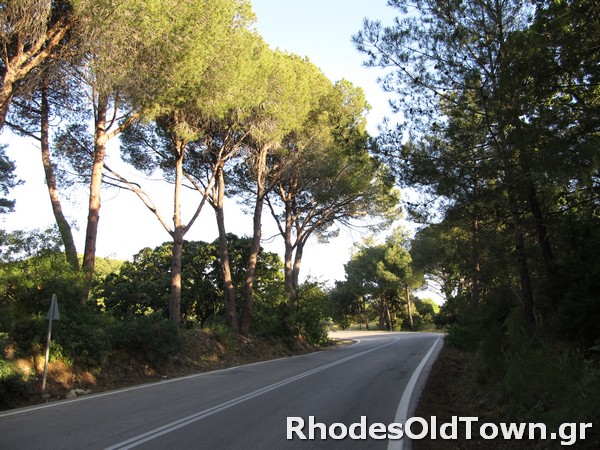
The Monastery of Our Lady
At the end of the stairs dominates the Byzantine -knight church and the later monastery cells built during the Italian period intended for the Franciscan monk brotherhood.
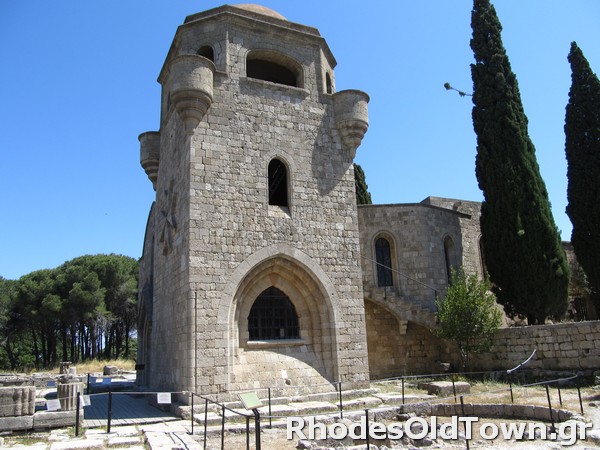
The story of the Holy picture
There are two views on how the picture arrived on the island of Rhodes.
The first claims that the icon was brought in the 10th to 11th centuries – in the Byzantine church at that time – by Jerusalem members of the Order of St. John.
The second argues that the picture was already here at the time the order arrived in 1309 but unknown by whom.
The image of Panagia Filerimou was probably constructed in Constantinople in the 10th-11th century and was considered miraculous by both the Knights of Saint John and the local population for its contribution to repelling the Ottoman attacks.
In 1523, on the island’s surrender to the Ottomans and their departure, the Knights of the Order of Saint John took the picture with them and after 479 years of wandering the icon is finally found in the Blue Chapel of the National Museum of Montenegro.
Early Christian period
In the courtyard of the monastery a cross shaped baptistery is preserved, part of the Early Christian Basilica built in the 5th to 6th century AD.
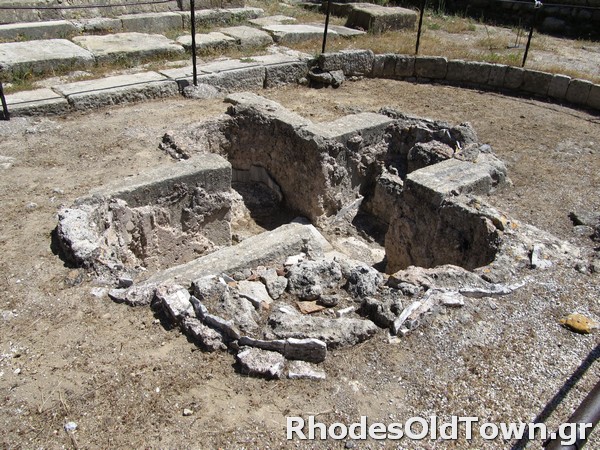
Going down the path next to the ruins of the ancient temple (see below) you will find the church of Agios Georgios Chostos, dating from the 5th to 6th century AD.
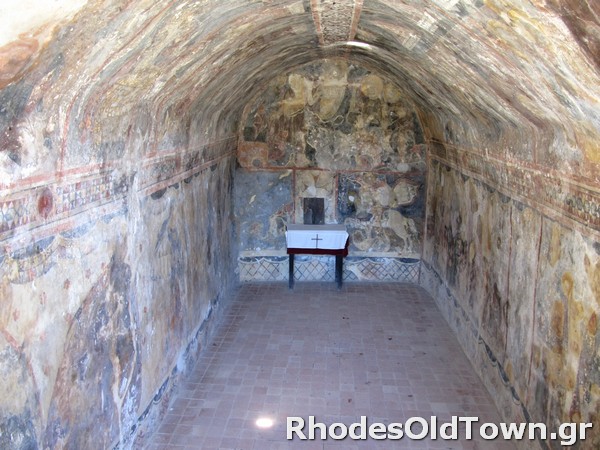
It is later decorated with 15th-century frescoes depicting the Passion of Christ, the Life of Our Lady and the patron saints of the Knights.
The acropolis of ancient Ialyssos
The hill of Filerimos was also used in ancient times as a place of worship, as the ruins near the monastery bear witness to this.
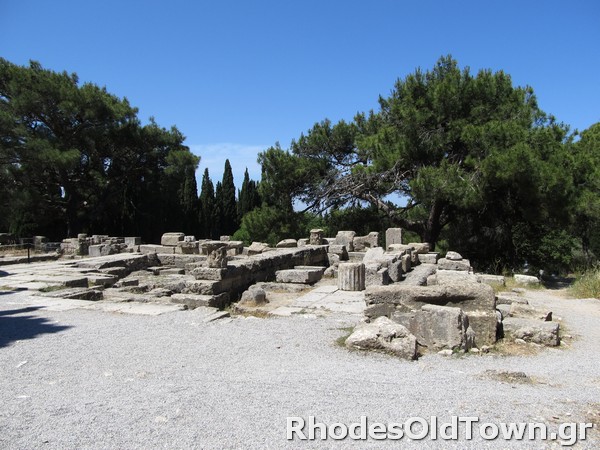
It was the Acropolis of the ancient city-state of Ialyssos and the cult site of Zeus and Athena Polias. The ruins of the temple’s foundations are next to the Knight’s Temple.
Next to the main entrance of the archaeological site (in front of the stairs and the ticket shop) are the steps leading to the Doric fountain.
The Road to Calvary and the Cross
Opposite the entrance of the main archaeological site begins the road to Golgotha.
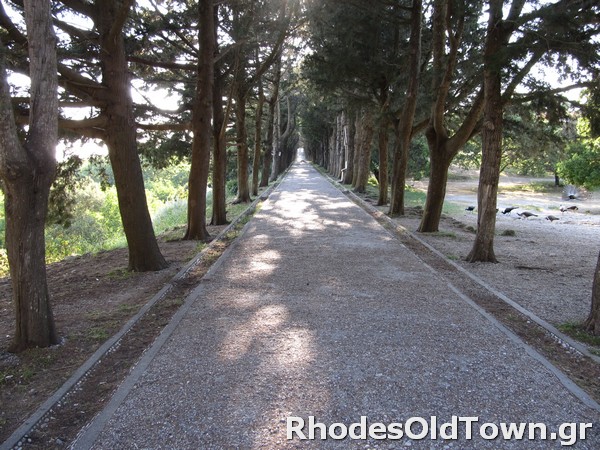
The path was built during the Italian occupation (1912-1945) and represents 14 stations – shrines stops on the road to the Crucifixion.

The Cross is internally accessible and a narrow staircase leads to its horizontal part that acts as a balcony.
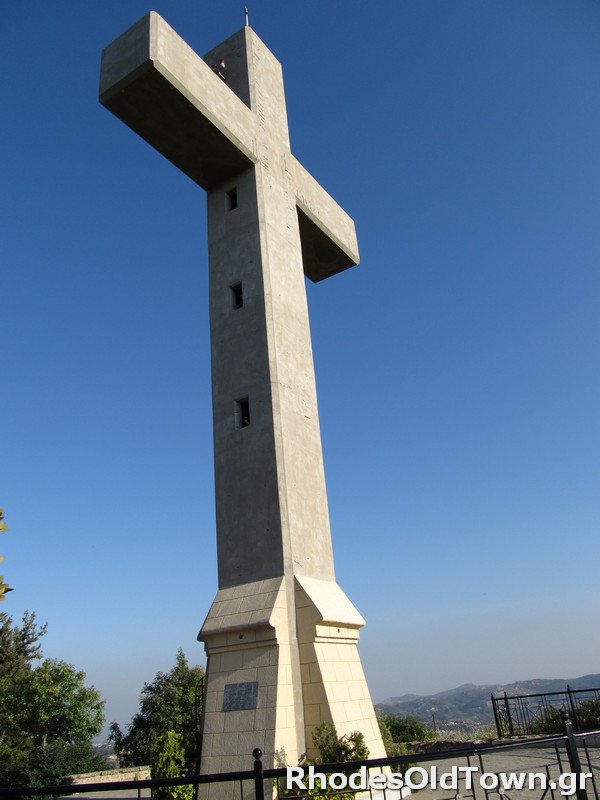
From Cross you can enjoy the view, as one can see the villages of Maritsa, Pastida, the old airport, part of the modern airport runway, the village of Kremasti, the island of Symi and the coast of Turkey.

